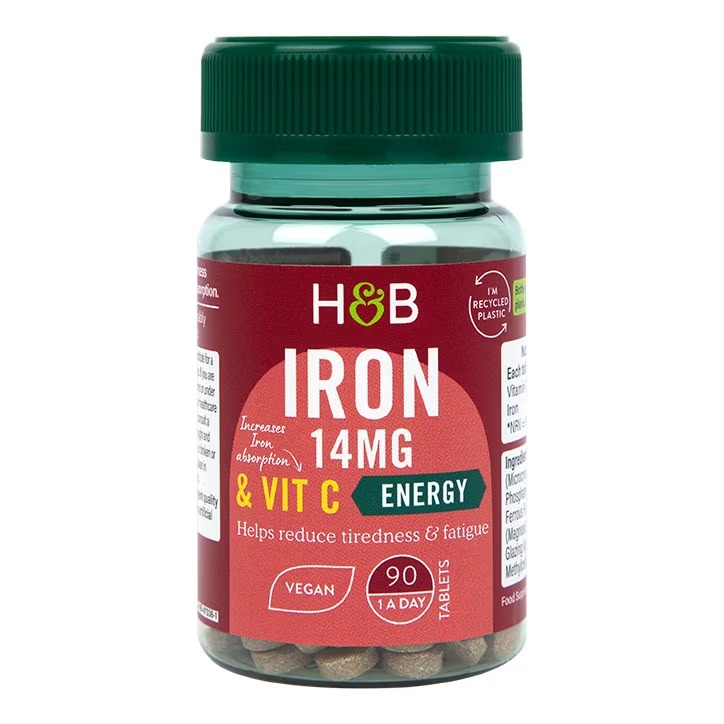
Nut butters have gained immense popularity in recent years due to their rich taste, versatile use, and numerous health benefits. Among these advantages, one question that often arises is whether any nut butter can be considered a complete protein source. Explore here the concept of complete proteins, discuss which nut butters qualify, and provide tips from Holland and Barrett Dubai Mall for incorporating them into your diet.
What are complete proteins?
Proteins are made up of building blocks called amino acids, some of which are classified as essential because our bodies cannot produce them independently. To maintain optimal health, it’s crucial to consume all nine essential amino acids through our diet. Food sources containing all nine essential amino acids are referred to as “complete” or “high-quality” proteins. Animal products like meat, dairy, and eggs typically fall under this category; however, certain plant-based foods also contain complete proteins.
Which nut butters contain complete proteins?
While most nuts do not offer complete protein profiles individually, combining specific types of nut butters allows you to meet your daily requirement of all nine essential amino acids. Here are two examples:
Peanut butter:
Peanuts belong to the legume family rather than tree nuts, making peanut butter an excellent choice for those looking for a more budget-friendly option. Although peanut butter isn’t technically a single-ingredient complete protein, it comes close when compared to other nut butters. It contains eight out of the nine essential amino acids, lacking only methionine. However, if paired with grains such as whole wheat bread or brown rice, you can create a complementary protein profile.
Soynut butter (Soya):
Soynuts are roasted soybeans, while soynut butter is made from ground soynuts. As a legume, soynuts are naturally high in protein content and contain all nine essential amino acids, making soynut butter a true complete protein source. Additionally, soy is cholesterol-free and low in saturated fats, offering heart-healthy benefits alongside its impressive nutritional value.
Tips for including complete nut butters in your diet:
Spread it thick: Use complete nut butters as a sandwich spread or dip vegetables and fruits in them for added nutrition at snack time.
Combine with grains: Pair nut butters with whole grain bread, crackers, or pasta to ensure you get all nine essential amino acids.
Add to smoothies: Enhance the protein content of your morning smoothie by adding a tablespoon or two of your favorite complete nut butter.
Use in baking: Replace part or all of the fat content in baked goods with nut butter for increased protein intake without sacrificing flavor.
